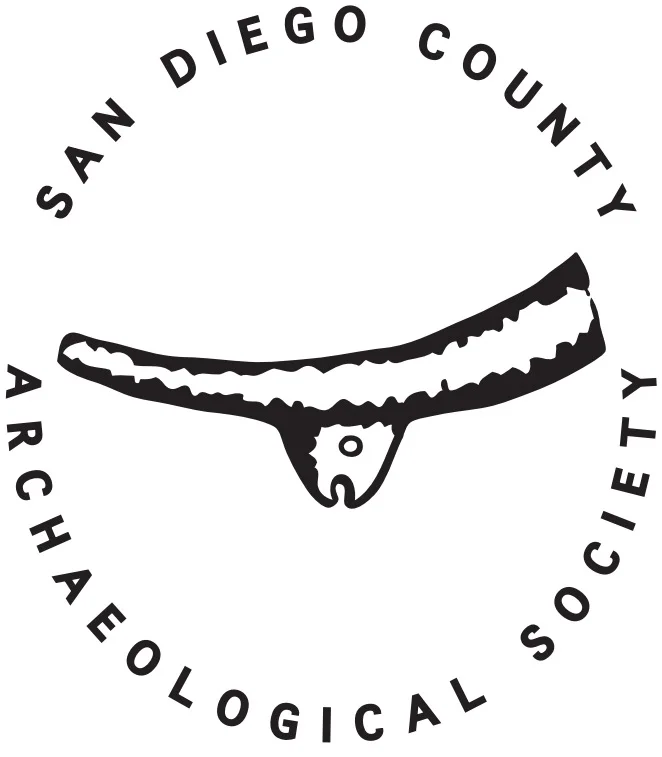Title: Honoring, Concealing, and Forgetting-The Spatial Distribution of the Post-Amarna Tombs in the Valley of the Kings, Egypt
Presenter: Danielle Phelps, Ph.D.
The meeting will be held virtually.
RSVP by 5/25/2021 at 5 pm: Register in advance for this meeting here,
https://zoom.us/meeting/register/tJIrc-uhqzwsH9Bb3m3qc0gDwpp1FajhXyS7
After registering, you will receive a confirmation email containing information about joining the meeting.
The location of the royal and elite tombs in the Valley of the Kings follow a predictable pattern. In the pre-Amarna Period (circa 1550-1323 BCE), kings either constructed “family cemeteries” within the larger necropolis, or each king would place their own tomb in a separate branch of the wadi, using tomb placement to align themselves or distance themselves from their predecessors. On initial inspection, the spatial distribution of post-Amarna tombs (KV 5, 54, 55, 56, 57, 58, and 63), located on the eastern wadi’s floor of the Valley of the Kings, subverts these standards, including the famous tomb of Tutankhamun (KV 62). All of the post-Amarna tombs appear to be visibly clustered along the valley’s floor. This paper examines the spatial distribution of the post-Amarna tombs through the utilization of Geographic Information Systems (GIS) analyses. Three issues are examined: the location of the tombs within a hydrological model of the Valley of the Kings, if the tombs were spatially clustered, and their visibility to one another. These issues are critical to understand if post-Amarna tombs, including Tutankhamun’s tomb (KV 62), were intentionally placed in a location that welcomed the “heretic” Amarna kings back into the traditional royal necropolis in addition serving as a means to help conceal and forget some of the apostate rulers who upended the orthodox practices.
Dr. Phelps received her Ph.D. in Anthropology with an emphasis in Mediterranean Archaeology and a minor in Remote Sensing from the School of Anthropology at the University of Arizona in 2020. She has 18 years of fieldwork experience in several locations throughout the world including Egypt, Italy, Mexico, the western Caribbean, and the American Southwest. Dr. Phelps’ primary focus is in on mortuary practices of ancient Egypt, specifically the Late Bronze Age New Kingdom royal tombs. In addition to Dr. Phelps’ Egyptological work, she is a bioarchaeologist, and she specializes in Geographic Information Systems (GIS), both of which help in her quest to learn about how the environment affected ancient peoples’ lives.
